BHUTAN – Sopsokha, a village in Bhutan, has captivated travel bloggers from over 120 countries due to the prevalence of phallic symbols scattered throughout the area.
Daniel Pinto, a 25-year-old Portuguese national, considered Sopsokha to be the most unusual destination he has ever visited as a travel blogger. Located in western Bhutan, it’s known as the “Phallus Village,” where buildings and sculptures predominantly feature phallic imagery.
“It’s a traditional village surrounded by beautiful rice fields. However, the closer I got, the more peculiar it seemed,” said the travel blogger, who has visited more than 120 countries.

Image of directional signs in Sopsokha Village. Photo by Daniel Pinto.
According to Bhutan Best Inbound Tours, a company founded in 2005 specializing in providing tours for foreigners in Bhutan, Sopsokha is closely associated with Drukpa Kunley, a Tibetan Buddhist monk known as the “Divine Madman.” Historical accounts suggest that he introduced the art of painting phalluses to Bhutan and used phallic-shaped statues with the belief that they could ward off evil spirits.
Pinto visited the Chimi Lhakhang temple, also known as the “fertility temple,” and encountered a giant golden phallus surrounded by phallus-shaped statues of various shapes and sizes. This temple is a famous destination for women seeking to become pregnant. Upon arrival, they are given a wooden phallus and must circumambulate the temple three times. Bhutanese people believe that these phallic symbols can enhance fertility.
Inside the temple, there are many photos documenting the stories of couples who came to seek fertility and succeeded. However, Bhutanese temples prohibit cameras and phones, so Pinto was unable to take photographs. Travelers like Pinto can purchase souvenir items featuring phallic shapes in various forms, colors, and sizes.
Pinto, a male traveler, mentioned that Bhutan tightly regulates tourists by requiring them to be accompanied by a government official throughout their stay. In September, Bhutan reduced its tourist fees from $200 to $100 per night as a move to boost the tourism industry after the pandemic. Previously, in September 2022, the country increased its sustainable tourism fee from $65 to $200. This fee is used to offset the environmental impact of tourism.



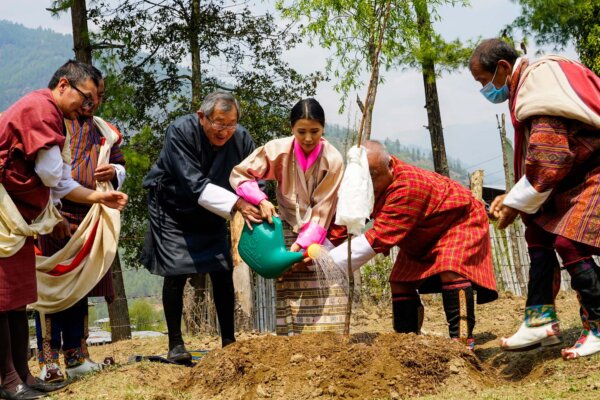
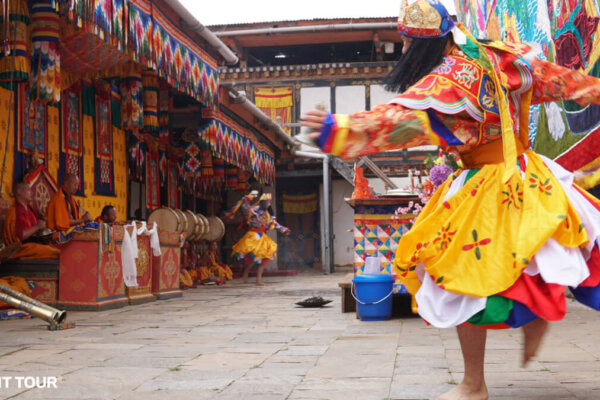
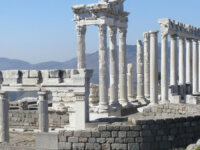
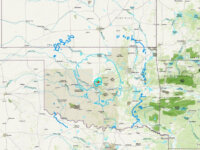

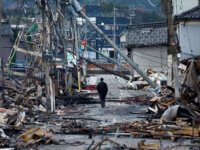
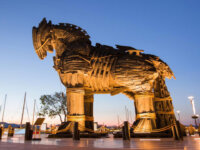
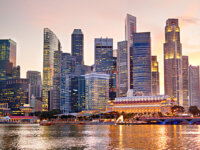
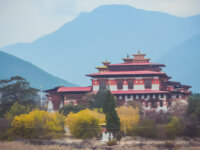
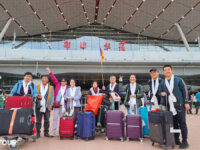


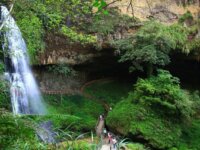


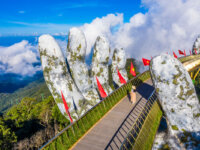

[…] Bhutan Festival Calendar 2024 – Detailed Schedule and Locations […]